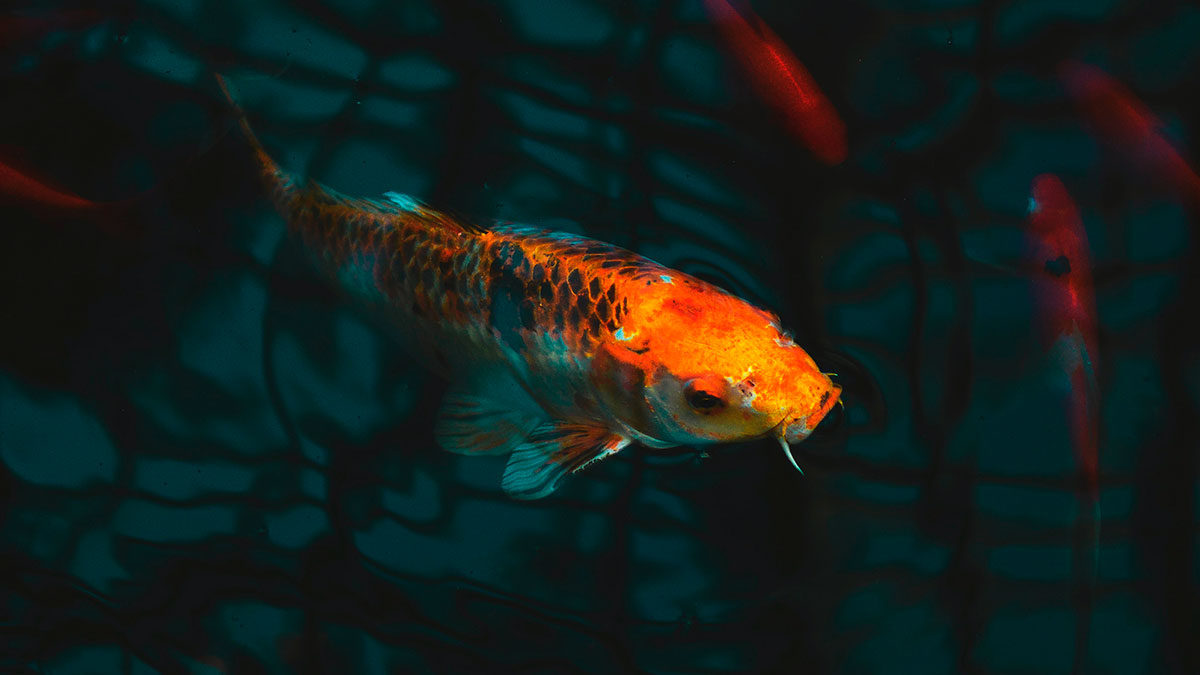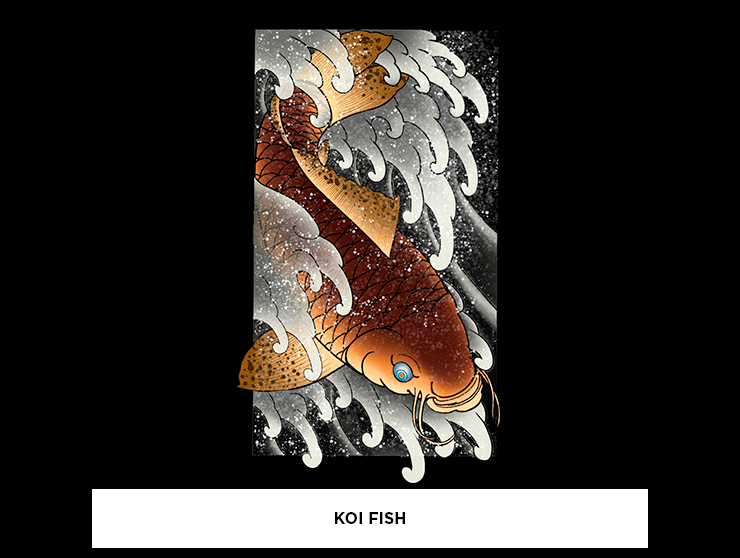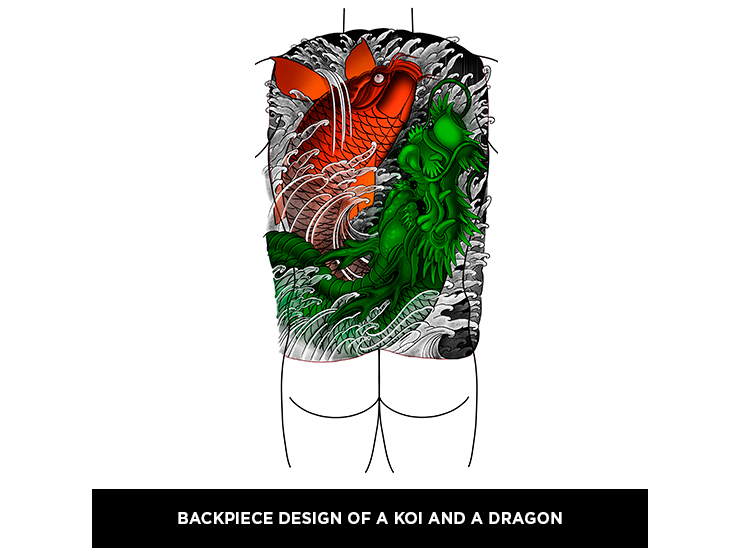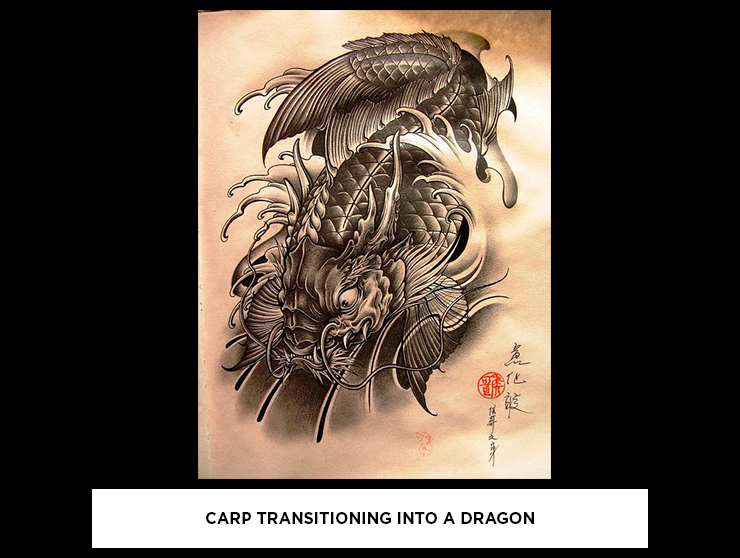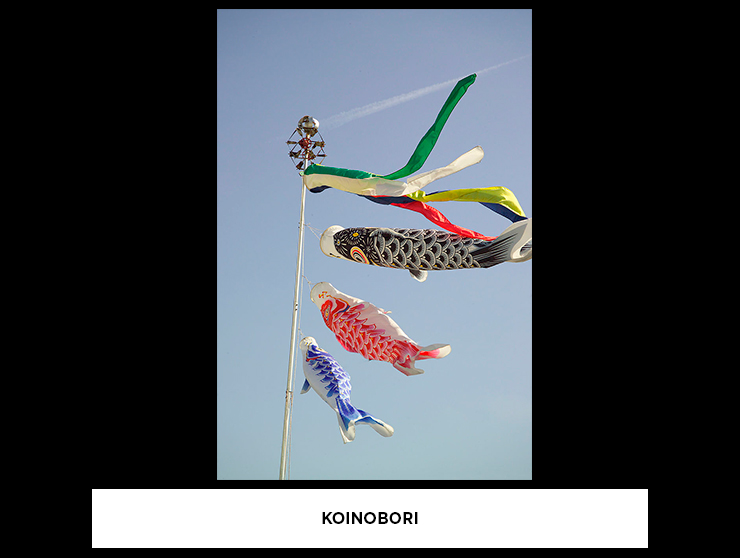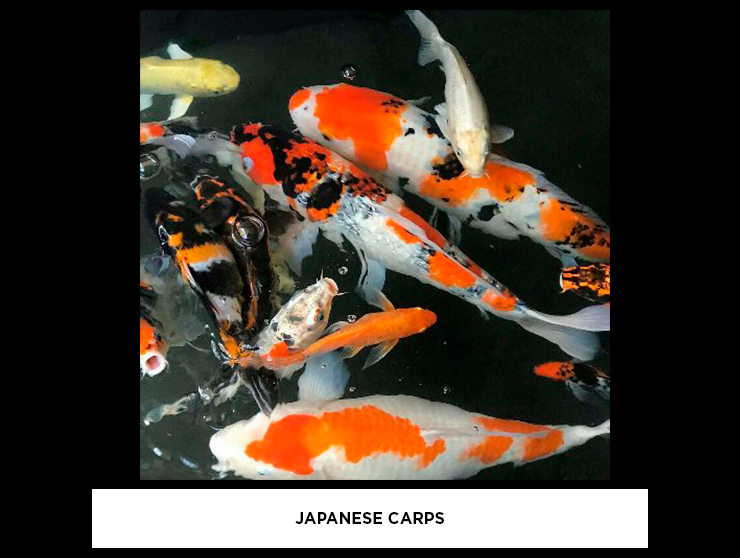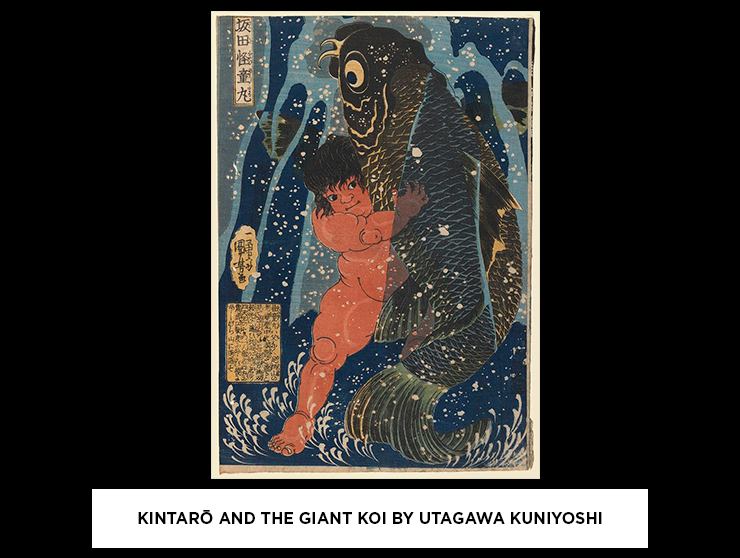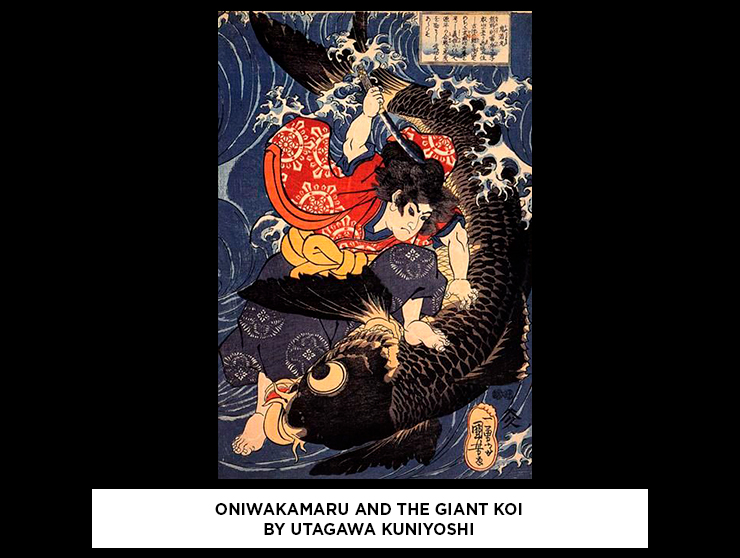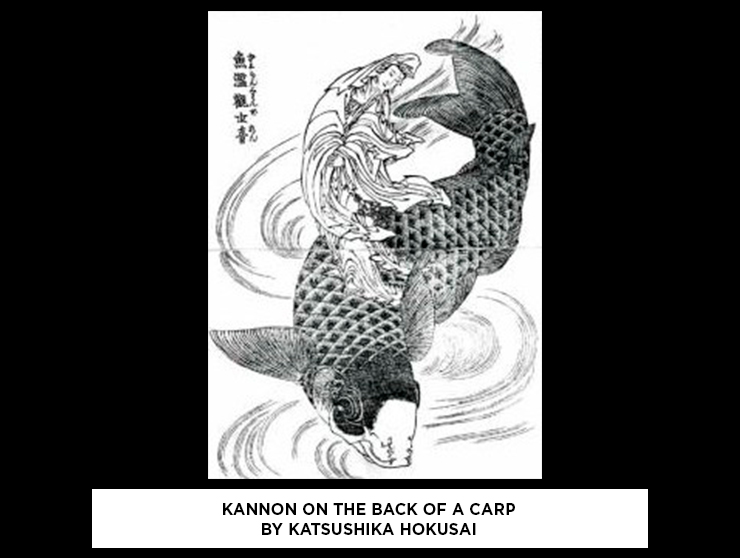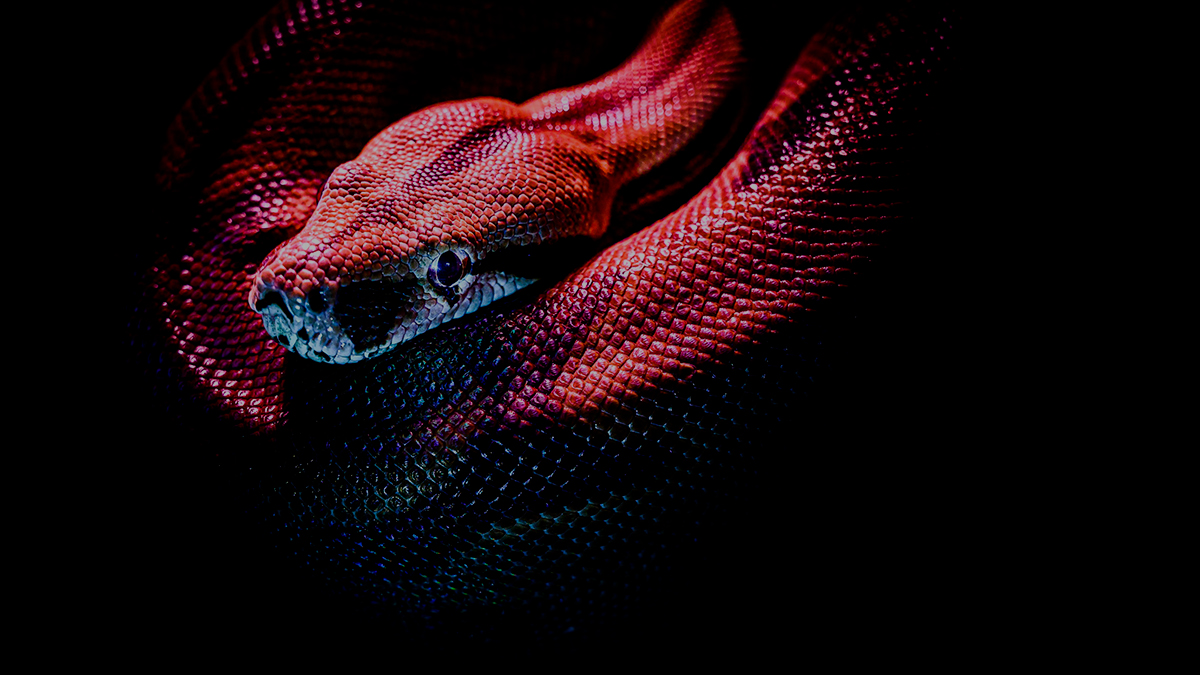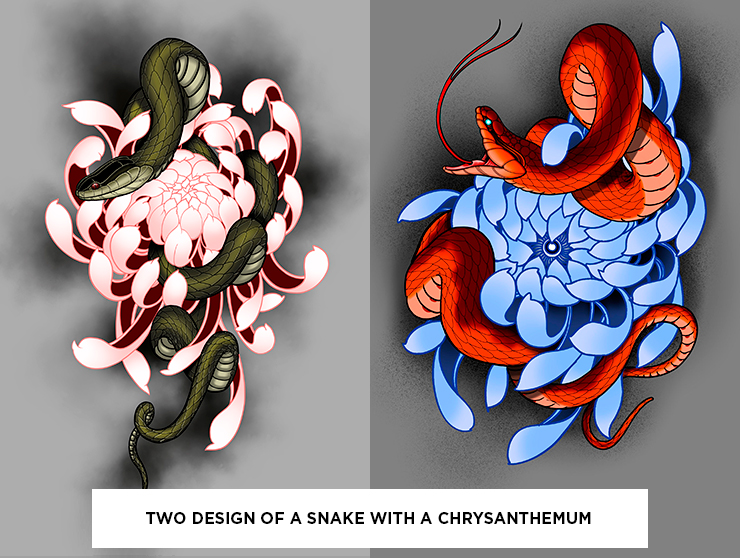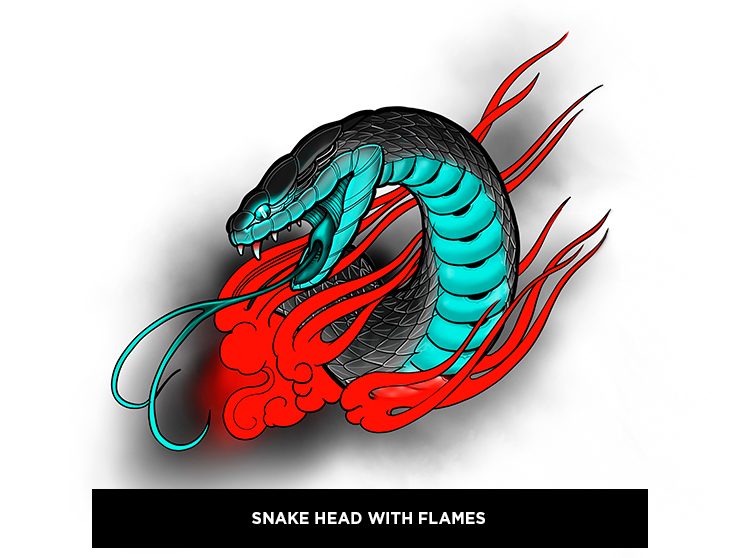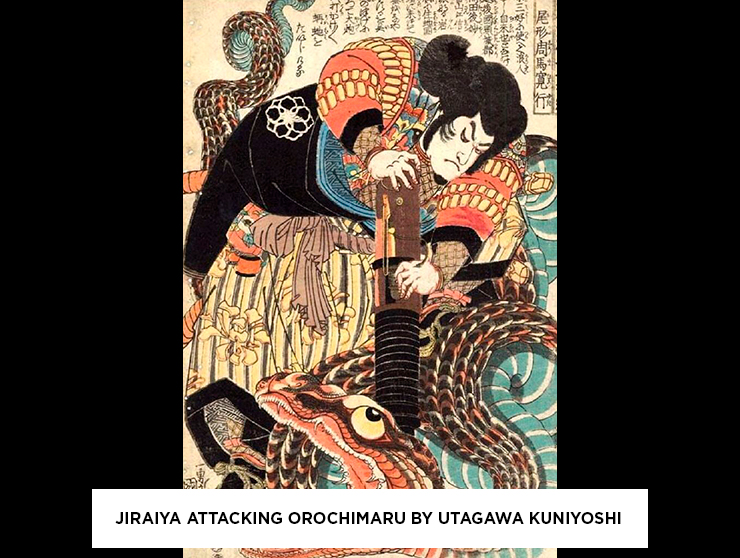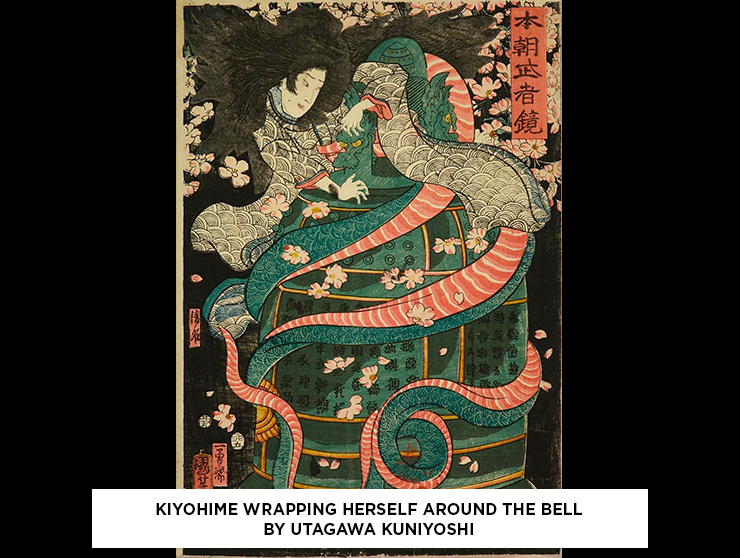Japanese carp – Koi 鯉
Japanese carp – Koi 鯉
The carp (called koi in Japanese) is one of the most iconic animals represented in Japanese tattoos. It owes its popularity to the multiple meanings it holds. The meanings vary among tattoo masters, each has their own opinion. I will resume the most popular ones in this blog.
The koi that transforms into a dragon: strength, determination, courage and perseverance.
A koi fish is a lazy fish: it’s a bottom feeder and it doesn’t surface unless there’s food. Therefore, it’s not a fish known to be very combative. The story that tells of a koi that decided to swim up-stream and became a dragon is more of a cultural symbol for overcoming adversity. It is counter-intuitive for such a lazy animal to succeed a hard achievement. This legend is used to represent strength, determination, courage and perseverance. This one fish decided to go against its own nature to become something greater than itself (a dragon). Since the story always tells about one fish, it is also a symbol of independence.
There are also tattoos of kois transitioning into dragons. An animal half fish and half dragon, like the famous shachihoko, is usually used in tattoo to express a journey that has begun, but hasn’t ended yet.
In Japanese tattoos, the direction in which the fish is swimming is also important. If the carp is going upstream, it means that you are currently in battle and are still fighting obstacles without giving up. If the carp is going downstream, it means that you are comfortable with what you have achieved, you can now calmly follow the flow of the current.
Koinobori : Family
The koi is also a symbol of courage and virility: the koinoboris, meaning « carp streamers », are carp- shaped windsocks that are flown on the 5th of may, during Children Day in Japan. Parents hang them to express their wish for their sons to grow strong and healthy. Koinoboris are used to represent family members: the black one, called magoe, represents the father, the red one, called higoe, represents the mother and the blue one, called kogoe represents the child. Other colors can be used to represent other family members.
In Japanese style tattoos, there are 3 types of kois: higoi, the red koi, magoi, the black koi and nishikigoi which translates to the multicolor koi.
Happy marriage and eternal love
Two carps together can also be used to represent a happy marriage and eternal love. This interpretation comes from two things: the first being that a koi can live up to a hundred years. The second being the kanji 恋, which means love, is pronounced koi in Japanese.
Prosperity
Koi fish can also represent prosperity because they’re very expensive fish. The most colorful ones are breeded with care since a single fish can be worth a fortune. In 2018, a koi was sold $ 1.7 millions US, which made it the most expensive fish.
Koi and flowers
When combined with a lotus flower, the meaning of overcoming adversity is reinforced. The lotus is a beautiful flower that grows out of muddy ponds. The lotus is a resilient flower to be able to start out in a dirty pond but still become such a graceful flower.
The koi can also be paired with other flowers. In traditional Japanese tattoos, we see kois with cherry blossom flowers (sakura) and with maple leaves (momiji). This is a hot topic for traditional masters: some like to pair kois with sakura to represent the beauty of the fish, while some prefer pairing them with momijis to represent the time of the year (autumn) where these fish are the most active and go upstream.
Famous tales with koi fish
The most famous tale is the one of Kintarō who fought a giant koi fish. Kintarō could be compared to a baby Hercules: born with superhuman strength. At a young age, he was known to have fought ogres and monsters. His most famous battle was with a hitokui koi (man eating black koi fish). He fought bare handed courageously, like a Sumo wrestler.
Kintarō’s story is often confused with Oniwakamaru’s, because he also fought a hitokui koi. The way to tell them apart is to look at their clothing and also to notice if one has a katana (sword). During the fight, Oniwakamaru stabbed the fish.
The koi is also used by Kannon to go from one realm to another. Kannon, deity of compassion, is one of the most popular deity in Japan. There are multiple temples dedicated to Kannon throughout Japan.
Snake – Hebi 蛇
Snake – hebi 蛇
In western mythology, the snake has a rather negative connotation. Simply think of the Bible when the snake betrays Eve and tells her to eats the apple. In eastern mythology, it is the opposite as the snake is often considered as a messenger from the Gods as well as being a symbol of protection and luck.
As mentioned in the blog on dragons, it is only recently that Japanese people started to differentiating snakes from dragons. In ancient times, it used to be the same animal to them. This is why there are multiple stories which reference dragon, that have been translated into snake and vice versa. The sight of a snake was a rare and special moment, because for them, it was the same as seeing a dragon! The rarest snake is the white snake (shirohebi). Many Shintoists temples are dedicated to this messenger of the Gods.
Traditionally, the snake is often represented with patterns recalling spring, summer or autumn. This is because snakes hibernate, therefore they are not paired with winter element. They are seen most often paired with flowers such as sakuras or peonies to reminisce the moment they come out of their burrow. We can also see it paired with maple leafs (momiji).
Symbolism
The snake is a very powerful spirit animal and has the same features of wisdom and protection as a dragon. It protects against sickness, disasters and misfortune.
Because of its ability to moult, it is associated to eternal life. Today, it is a symbol of change and regeneration.
The snake is considered as a luck symbol. The farmers venerated them and considered them as a lucky charm when they lived under their houses.
Known stories about snakes
One of the most renown ninjas in this story is Orochimaru: In the traditional tale Jiraiya Gōketsu Monogatari, Orochimaru gets bewitched by a snake. He receives magical powers allowing him to morph himself into a giant snake to kill his enemy, Jiraiya.
Another well known story about snake is the one of Kiyohime.
The beautiful Kiyohime fell in love with Anchin, a monk that visits her village ever since she was a kid. Anchin had fun promising the girl he would marry her as soon as she would be old enough. In reality, the monk was a womanizer who takes advantage of a girl's naivety. On her birthday, the monk finally admitted it was just a joke and that he wasn't going to marry her. Kiyohime becomes mad with rage and starts chasing him. She ends up catching up to him by the Hidaka river, but Anchin gets on a boat and flees. Kiyohime tries to swim through the river. Her anger is so intense, during the crossing of the river she suddenly transforms into a giant snake with the face of a hannya (demon). As soon as Anchin sees that she has transformed, he goes off to hide in a temple. He tries to seek help from the priests. The priest decides to hide Anchin under the bell of the temple. However, Kiyohime the snake, smells him and rolls up around the bell. She starts spitting fire until the bell made of bronze melts. Kiyohime then kills the monk she loved so much and disappeared in the flames as well.
Snakes are still misunderstood. One must not be scared of them, because they are very generous animals. Their beauty and symbolism can easily be translated in a wonderful Japanese style tattoo.
